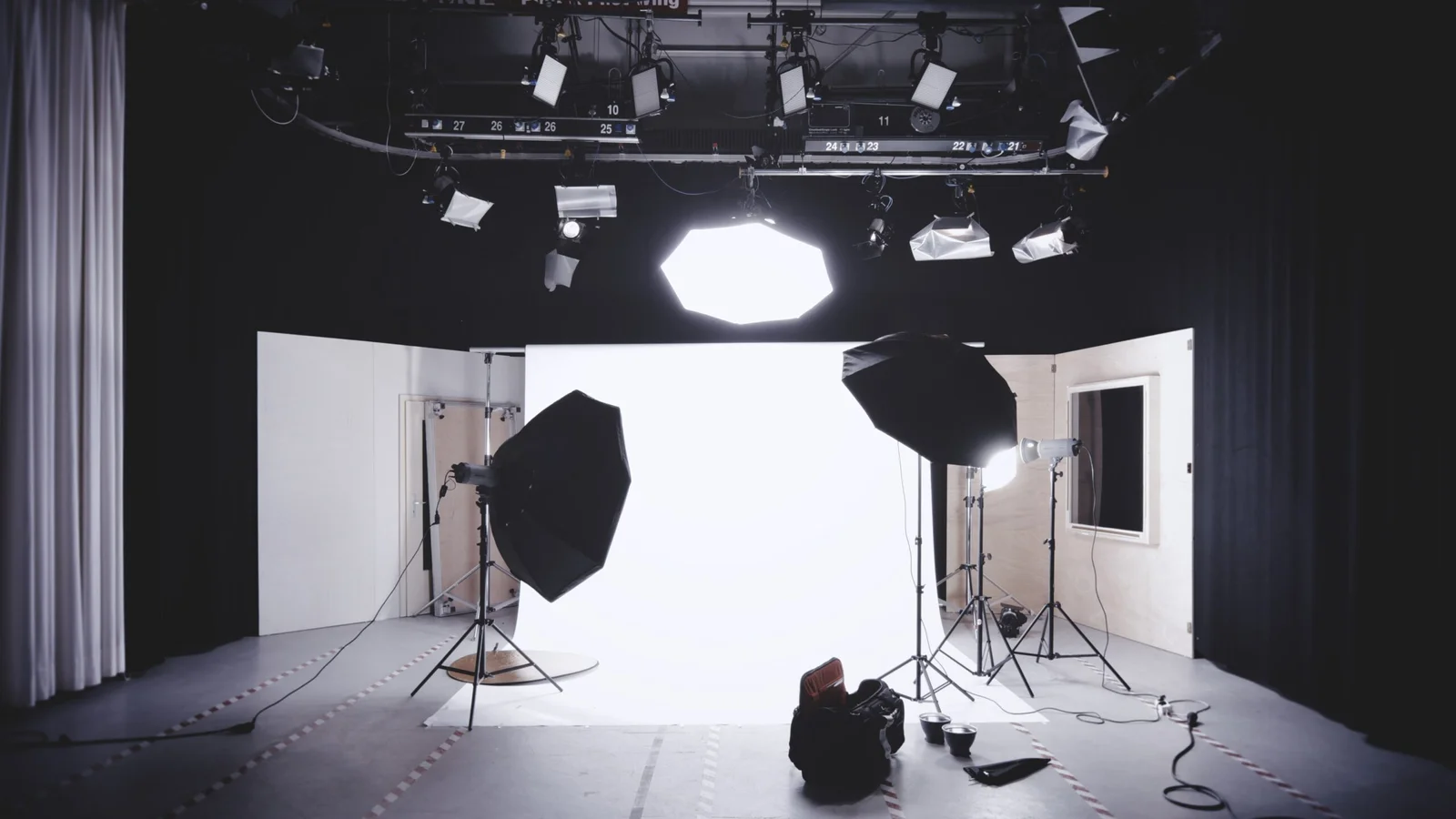
Introduction
Photography is an art form that allows us to capture and preserve moments in time. To create stunning images, it is essential to understand the various elements that contribute to a successful photograph. One such element is aperture, which plays a crucial role in controlling the amount of light that enters the camera.
What is Aperture?
Aperture refers to the opening in a camera lens that allows light to pass through. It is represented by an f-number, such as f/2.8 or f/16. The lower the f-number, the wider the aperture and the more light that enters the camera. Conversely, a higher f-number indicates a narrower aperture and less light.
Aperture and Depth of Field
One of the key effects of aperture is its impact on depth of field. Depth of field refers to the range of distance in a photograph that appears sharp and in focus. A wider aperture (lower f-number) results in a shallow depth of field, with the subject in focus and the background blurred. This effect is often used in portrait photography to create a pleasing bokeh effect, where the subject stands out against a soft, dreamy background.
On the other hand, a narrower aperture (higher f-number) increases the depth of field, resulting in more of the scene being in focus. This is useful for landscape photography, where you want both the foreground and background to be sharp and detailed.
Controlling Exposure
Aperture also plays a crucial role in controlling the exposure of an image. When shooting in manual mode, adjusting the aperture allows you to balance the amount of light entering the camera with the shutter speed and ISO settings. A wider aperture lets in more light, which can be useful in low-light conditions or when you want to capture fast-moving subjects. Conversely, a narrower aperture reduces the amount of light, which is beneficial in bright lighting situations or when you want to create long exposure effects.
Understanding Aperture Values
The values assigned to aperture can sometimes be confusing, especially for beginners. The f-number scale may seem counterintuitive, as smaller numbers represent wider apertures. For example, f/2.8 is wider than f/8. However, once you understand the concept, it becomes easier to navigate and control aperture settings.
Choosing the Right Aperture
The choice of aperture depends on the desired effect and the situation. For portraits, a wider aperture (such as f/2.8 or f/4) can help create a beautiful background blur and draw attention to the subject. For landscape photography, a narrower aperture (such as f/11 or f/16) can ensure that both the foreground and background are sharp and in focus.
Experimenting with different aperture settings is key to understanding its impact on your photographs. Take the time to explore and practice with different f-numbers to see how they affect depth of field and overall image quality.
Conclusion
Aperture is a fundamental concept in photography that allows you to control the amount of light entering the camera and influence depth of field. Understanding aperture values and how they impact your images is essential for creating visually compelling photographs. By experimenting with different aperture settings and techniques, you can unlock the full creative potential of your camera and capture breathtaking moments that will be cherished for years to come.
📷🌟🔍